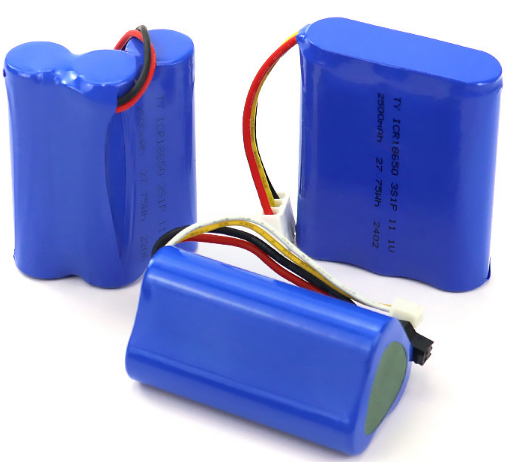How To Calculate The Power Of Battery?
How To Calculate The Power Of Battery?
20Ah is the capacity of the battery, not the power. When the current is certain, the larger the capacity, the longer the power can be used.
20Ah means that when the battery output current is 20Ah, it can be used for 1 hour, and it can also be understood that when the battery output current is 2Ah, it can be used for 10 hours. That is, the product of current and time is 20.
When the device requires 20Ah high-power battery to drive, it means that the device's working current is large, and the small-capacity battery may not be able to withstand this large current.
This is the capacity of the battery, not the power, that is, can make a certain power of electrical appliances work time, the length of the working time depends on the size of the power of the electrical appliances.
In addition to 100Ah, the battery also need to know the size of the voltage. This battery can work for 1 hour at 100Ah current, the specific power depends on the voltage of the battery. For example, a 12V battery can operate a 1200 watt appliance for one hour at 100 amps of operating current, or 10 hours if 10 amps are used. It depends on how much current is used to determine the working time.
Batteries don't talk about power, they talk about “milliampere-hours”, that is, how many milliampere-hours can be discharged, which is its electrical capacity. An ordinary #5 dry cell battery has a voltage of 1.5v and an internal resistance of about 1 ohm, and the voltage decreases when discharged. If the discharge current reaches 500 mA, there will be a voltage drop of 0.5v, and its output voltage will be only 1v. The higher the discharge current, the smaller its total discharge and the shorter its life. Continuous discharge life is even shorter.
Explain it in terms of units
The unit of power, the watt (W), is given by P = UI, 1W = 1V.A (one watt equals one volt . A)
Battery capacity mA.h (milliamp. h)
Obviously these two are different.
Find further relationships:
Electrical energy electrical work in joules (J)
By W=Pt
You can see that: 1J = 1W.s = 1V.A.s (one joule equals one volt-ampere-second)
If the voltage of the battery is known, with the voltage multiplied by the battery capacity you see what you get: unit V.mA.h
Actually, the units are essentially the same as the units of electrical energy, converted:
1V.mA.h=1V*10^-3A*3600s=3.6V.A.s=3.6J

 English
English Español
Español Português
Português русский
русский français
français 日本語
日本語 Deutsch
Deutsch Italiano
Italiano Nederlands
Nederlands ไทย
ไทย Polski
Polski 한국어
한국어 Svenska
Svenska magyar
magyar Malay
Malay Dansk
Dansk Suomi
Suomi Türk
Türk Gaeilge
Gaeilge عربى
عربى Indonesia
Indonesia norsk
norsk اردو
اردو čeština
čeština Ελληνικά
Ελληνικά Українська
Українська Burmese
Burmese български
български Қазақ
Қазақ slovenský
slovenský Eesti Keel
Eesti Keel Română
Română Slovenski
Slovenski Српски
Српски Esperanto
Esperanto Afrikaans
Afrikaans icelandic
icelandic יידיש
יידיש Беларус
Беларус Hrvatski
Hrvatski Kreyòl ayisyen
Kreyòl ayisyen Shqiptar
Shqiptar ქართული
ქართული Кыргыз тили
Кыргыз тили Gàidhlig
Gàidhlig Точик
Точик O'zbek
O'zbek հայերեն
հայերեն Lëtzebuergesch
Lëtzebuergesch Malagasy
Malagasy
How Do You Calculate The Voltage And Capacity Of A Lithium Battery?
How do you calculate the voltage and capacity of a lithium battery? How to calculate how many batteries are connected in series and parallel?
Read MoreOutdoor Portable Ups Power Supply System Use And Maintenance Precautions
Outdoor portable UPS power supply in daily life emergency, plays a very important role, through the use of portable UPS power supply, can take into account the continuous provision of power supply, bring lighting for outdoor work, to ensure the normal operation of the work and carry out.
Read MoreCylindrical Lithium Cell Knowledge
Cylindrical lithium cells are divided into lithium iron phosphate, lithium manganese, cobalt-manganese hybrid, ternary materials of different systems, the shell is divided into two kinds of steel shell and polymer, different material system battery has different advantages.
Read More